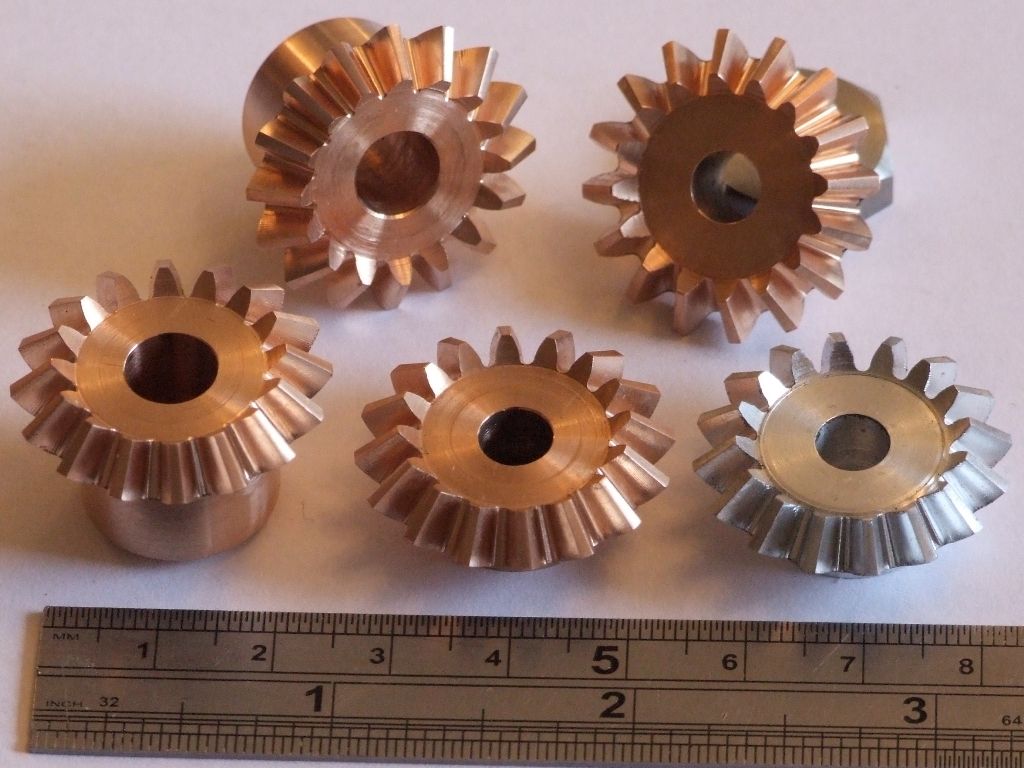Nick – my Huan Yang has been no trouble at all. I can echo Ian's comments about the documentation being poor – the information is all there but it seems to be scattered throughout rather than in the sequence you need to set it up. Programming the settings is fairly straightforward, and there only you few that you need to change (depending on your motor of course). Mine is supplied via an NVR starter, though a normal islolater would be fine. I have never had a problem with it tripping the RCCB, nor have I with my other vfd (a Lenze). A Siemens model I tried the other day tripped the RCCB every time I switched it on, with or without the load connected, and a bit of internet research suggested I would need a 300mA RCCB to run it – clearly not practical in a domestic setting.
A domestic ring main usually has 2.5 mm² cable, two of them of course as it is a ring. Depending on the length of the ring you can expect a cable of this size to be able to carry approx 30 amps. The 32A mcb is there to protect the cable (overheating is usually the biggest risk). Everything that is plugged into it will be protected by a 13a fuse, so in theory you only need to plug in a couple of kettles and a heater and you're up to the limit. The IEE Regs allow for diversification, i.e. while you may potentially plug in loads which far exceed the 32a rating of the mcb, in practice this is unlikely to happen. A spur off the ring can feed up to 2 sockets, i.e. 26 amps, but again, diversification means that this is unlikely to happen in practice.
Of course, the IEE Regs don't really cater for home workshops equipped with ex-industry machine tools. That is why I say that running a workshop from a spur is not a good idea.
It is becoming much more common for ring mains to be run in 4mm² cable in new installations, and also for radial circuits rather then rings to be used for specific loads such as cookers and ovens. In a workshop situation radial circuits for 16A sockets are a good idea – one socket per cable automatically limits the maximum load, and if each one is protected by a 16a mcb there is no danger of overloading the cable. And, as Andrew points out, 13a plugs and sockets have their shortcomings, and can overheat if the springy brass and copper contacts lose their springiness.
SillyOldDuffer.





